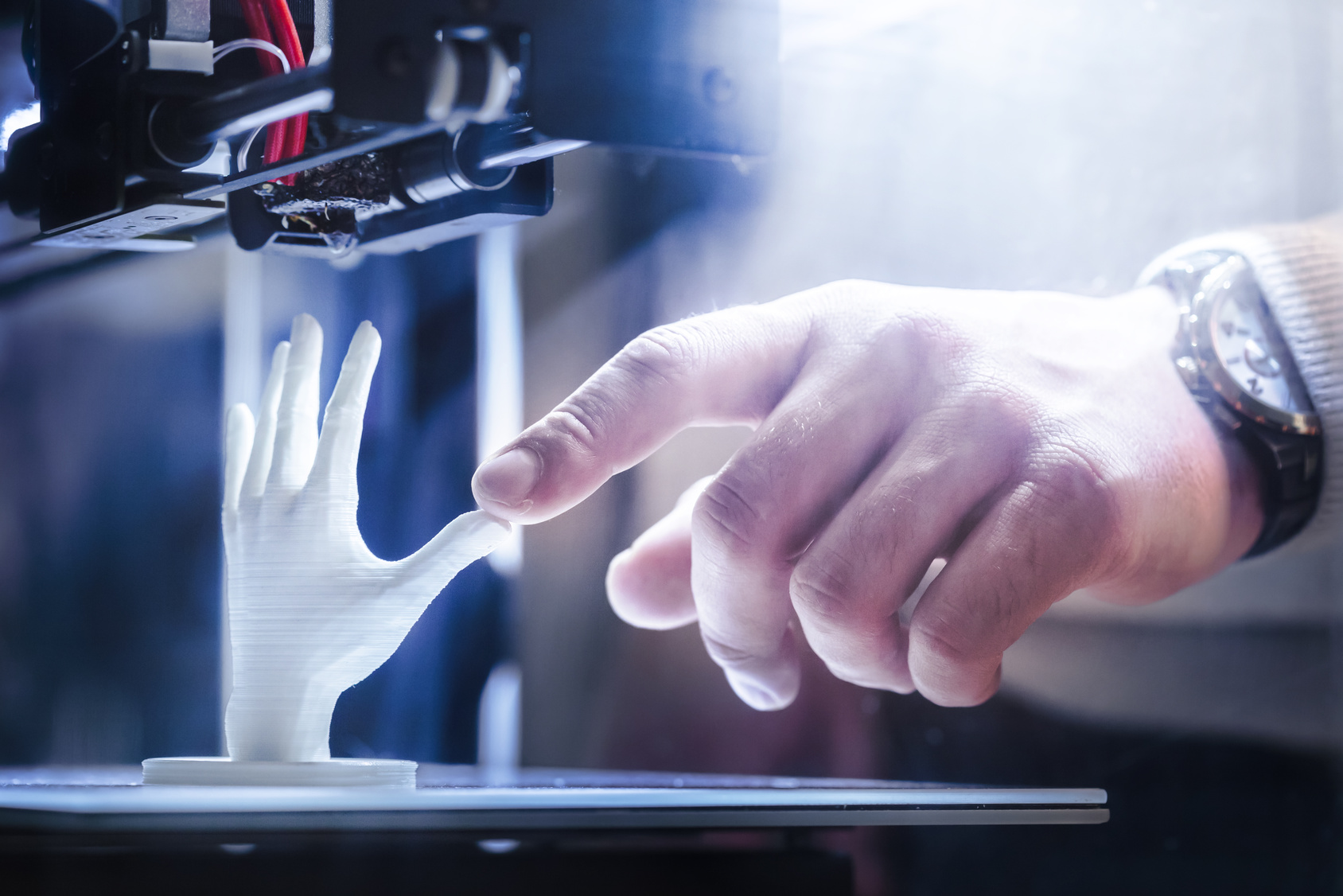
How Technology is Changing the Industrial Manufacturing System
Today technology is the force that is radically transforming the industrial manufacturing system.
The transformations taking place are so radical, in fact, that sources claim we’ve entered a fourth industrial revolution. And, at the center of this revolution, is the rise of manufacturing technology.
Let’s take a look at some of the ways that tech is disrupting the industrial manufacturing system.
3 Revolutionary Manufacturing System Tech Trends
1. 3D Printing
3D printing has made it possible for innovators and inventors to broaden their reach and manufacturer their products globally.
Products are first created using 3D technology, which allows for greater precision, less waste and shorter lead times. 3D printing has quickly escalated and is now able to produce using complex materials without depending on complex machinery.
Its abilities include using human tissue, acrylics, stainless steel and even human tissue.
It has also given consumers greater control and input by fostering co-creations with manufacturers.
3D printing is now revolutionizing processes in a variety of industries. Its abilities are changing everything from how toys are made, to giving the medical industry ways to advance surgery and make diagnoses earlier than ever before.
2. Injection Molding
Injection molding is a process that was first patented in the late 1800’s. It was tweaked and grew in popularity after World War II.
But today’s manufacturing advances have made it more popular than ever before. Not only does it have the ability to create complex shapes, but it’s cost effective, economical and exact.
The trend towards sustainable manufacturing methods has made it even more popular. Because the process produces little scrap, and what scrap it does produce can be melted and reused, there is a minimal environmental impact.
High precision plastic injection molding has become a preferred manufacturing system. It produces practically no waste, can be molded into a wide range of forms and is efficient and less expensive than alternatives.
3. Robotics
Robotics has long been a revolutionary force in the world of manufacturing. For example, the use of robotics has revolutionized the auto industry for years. But never has robotics been as prominent as it is today.
With the rise of more precise and efficient smart robotics comes a rising concern over job security fueled by notions of machine learning. However, some believe that those fears are sensationalized to some extent.
Although it is true that robots can work for more extended periods than people, reduce human error and have greater precision, and are more cost effective, they don’t eliminate the need for humans altogether.
Smart technology is dependent on humans, but it relies more on our intelligence, rather than labor. And this is why education has become an increasingly competitive necessity to building your value in the workplace.
Robots are making many jobs, in the home and the workplace, easier and more efficient than ever before. And because of this, you are likely to see the reliance on robotics continue to thrive.
What’s Next for the Industrial Manufacturing System?
Although so much growth has taken place in the manufacturing industry, we are still on the edge of even more booming transformations.
As human and technological intelligence continues to pair up, there is no limit to the possibilities in manufacturing.
Click here to learn more about how technology is changing industries all around us in amazing ways!
